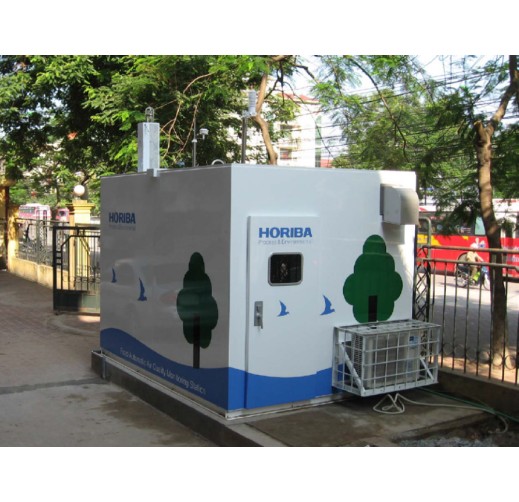Air Quality Monitoring System (AQMS)
Technology / Service Summary
The Air Quality Monitoring System (AQMS) is a facility that continuously measures meteorological parameters, concentrations of air pollutants and particulate matter throughout the year.
Purpose
Real-time monitoring of air pollution status.
Feature
The AQMS can continuously measure meteorological parameters such as wind speed, wind direction, etc, concentrations of air pollutants such as NOx, SO2, CO, O3, THC, etc., and particulate matter.
The mobile AQMS can also be customized to monitor multiple sites with a single system. Air pollution conditions in each area can be monitored in real time at the central control room. The system can also be designed according to customer requirements to meet a variety of air pollution monitoring needs.
Effect
Real-time status and monitoring the trend of air pollution can be used to develop measures to reduce health hazards, and remote monitoring can reduce labor costs.
Controlled Substance
Reference
Applicable Regions / Countries
- Japan
- Southeast Asia
- Central/South Asia
- China/ East Asia
- Middle East
- Africa
- Oceania
- Europe
- Central/South America
- ASEAN countries
Indonesia,Cambodia,Singapore,Thailand,Philippines,Brunei Darussalam,Viet Nam,Malaysia,Myanmar,Lao PDR
Accomplishments
Approximately 30,000 units of the Air Pollution Monitor, AP-370 series, worldwide which can be installed in the AQMS.
Related SDGs Goals
- 3. Good Health and Well-being
- 11. Sustainable Cities and Communities
- 12. Responsible Consumption and Production



